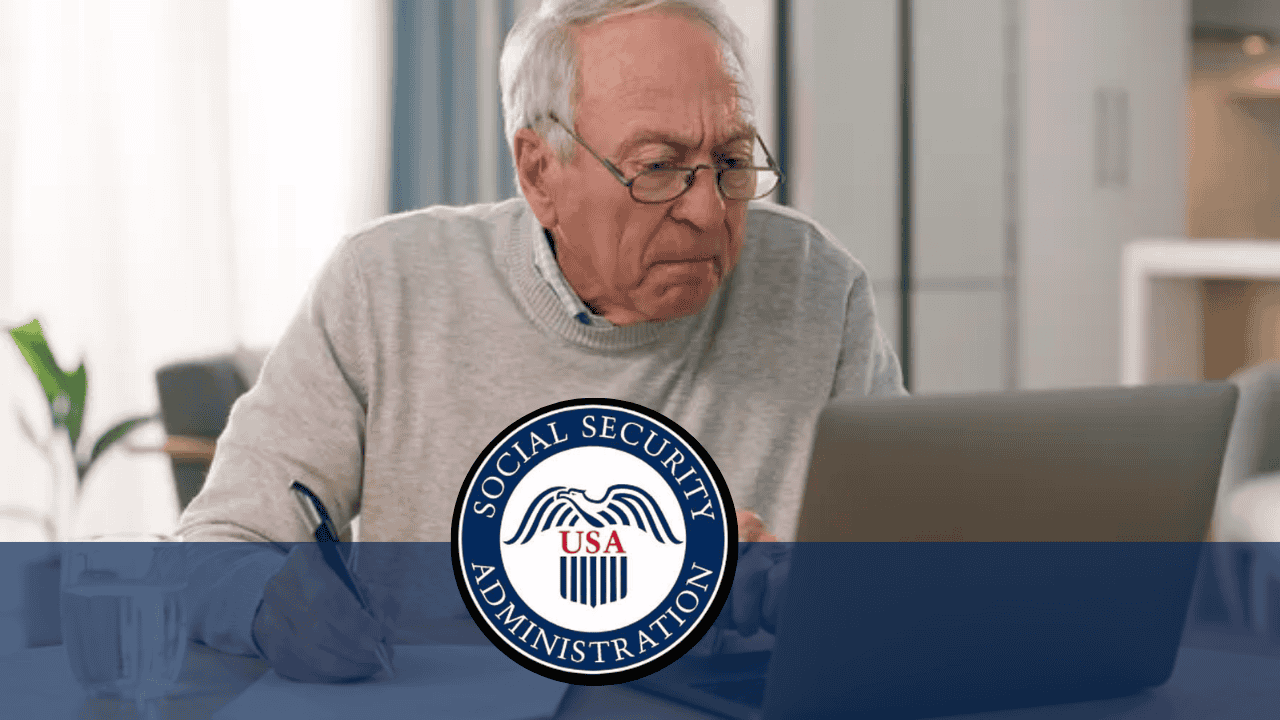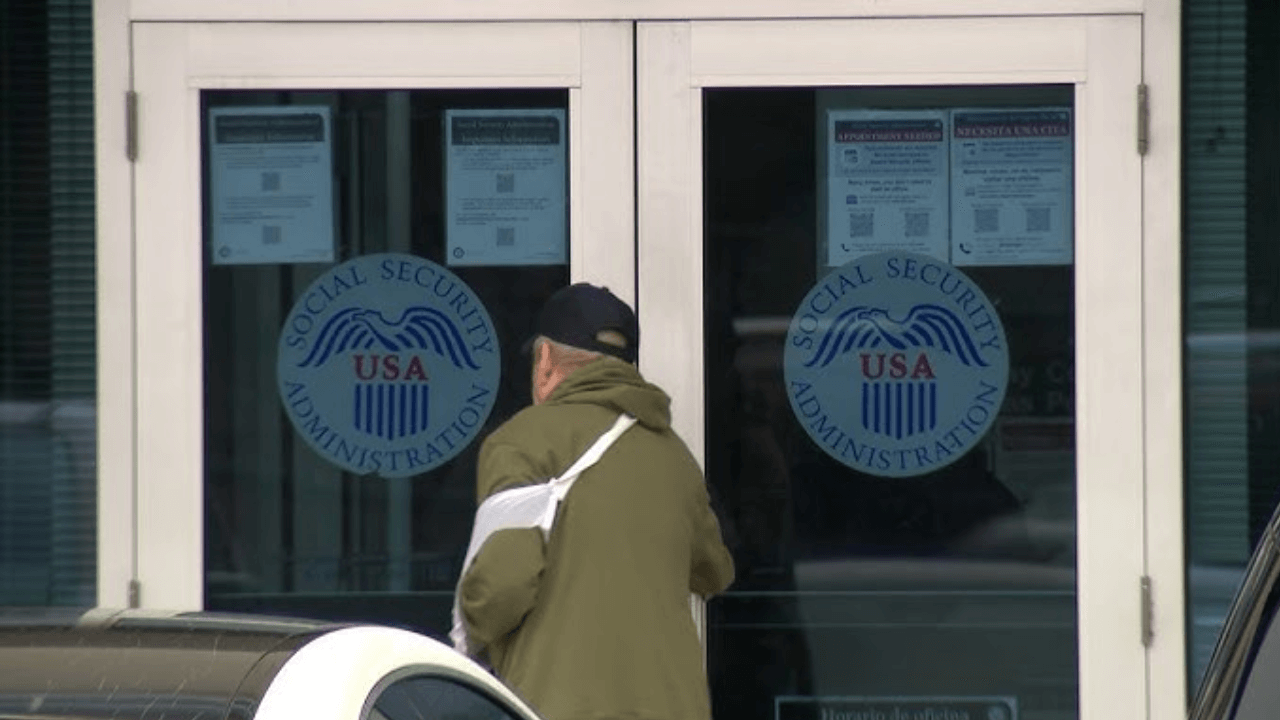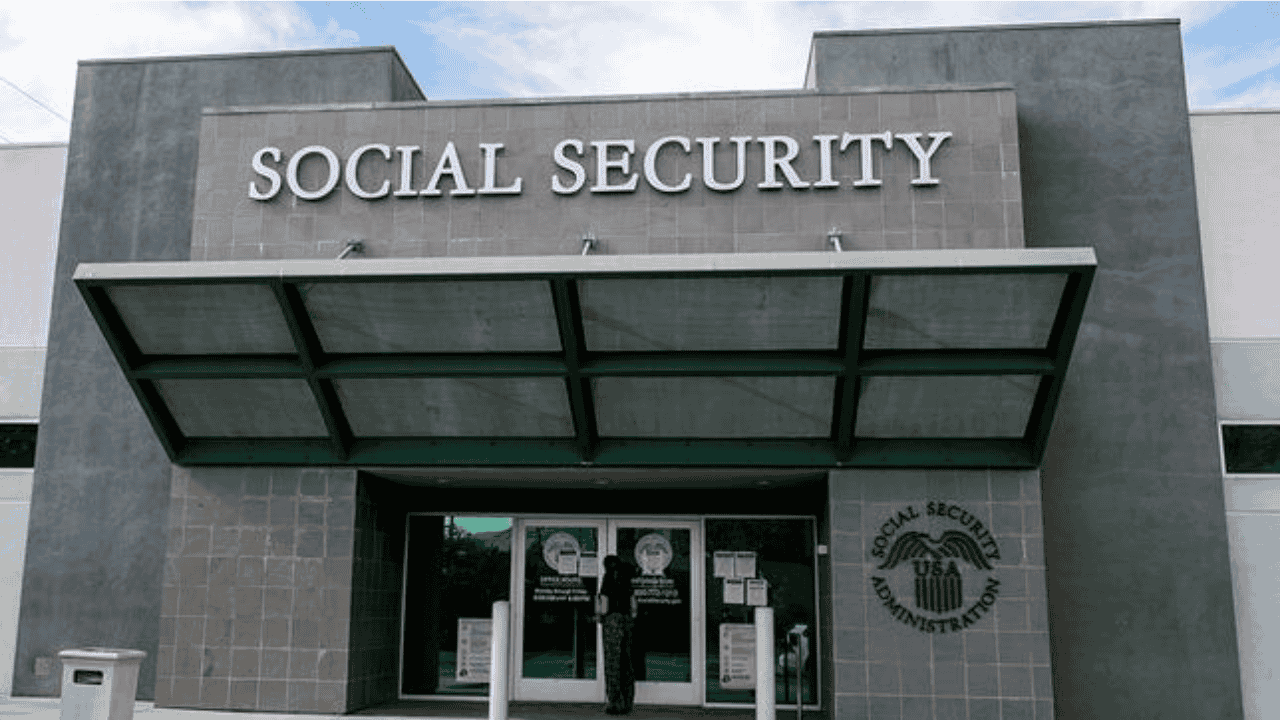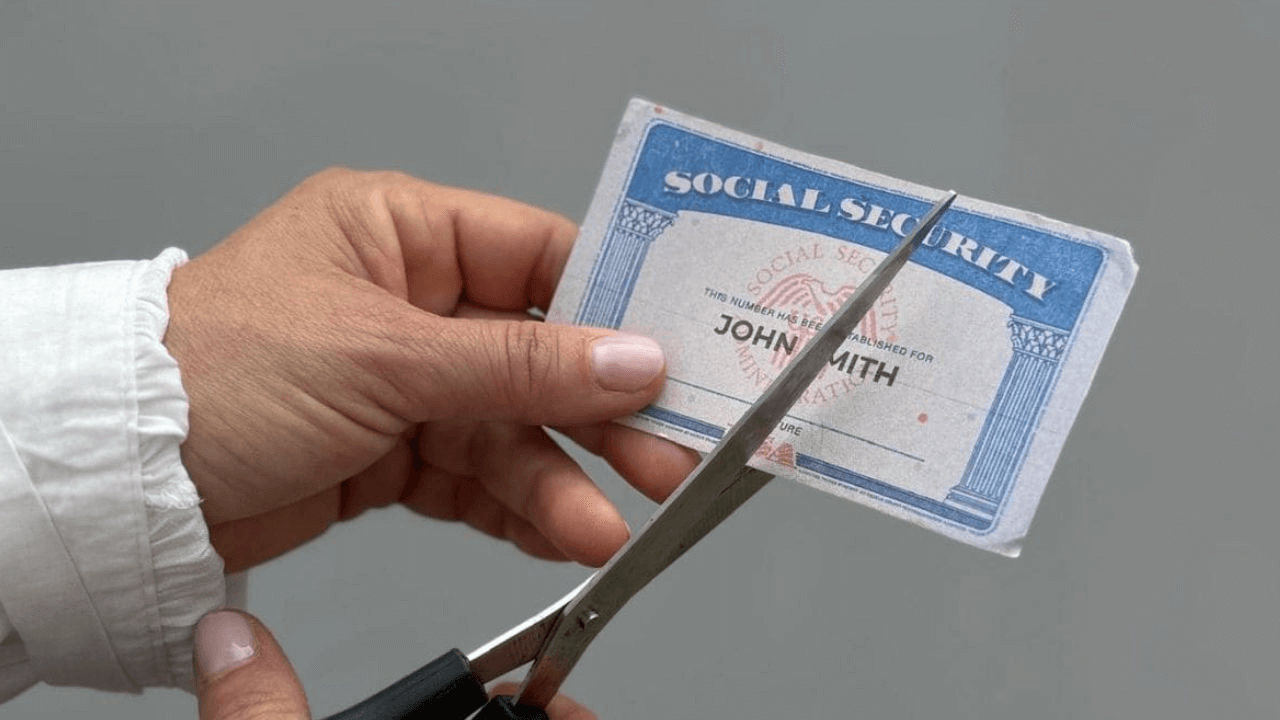Getting a Social Security verification letter is a necessary step for many Americans handling financial or administrative matters. Whether you’re applying for a job, securing a loan, or proving your eligibility for government benefits, this letter plays a crucial role by officially confirming your identity and Social Security Number (SSN). It’s a document issued directly by the Social Security Administration (SSA) and is widely accepted by both public and private institutions.
Luckily, obtaining this letter is a straightforward process with multiple options available. You can easily request it online through the SSA’s secure portal, over the phone with the help of a customer service representative, or in person at your local Social Security office. Each method is designed to fit different comfort levels and accessibility needs, giving you flexibility based on your preferences.
While the verification letter is free to request, it’s important to plan ahead—especially if you need it by mail, which can take a few days to arrive. Being proactive can help you avoid delays that might affect job applications, benefit claims, or financial arrangements. Here’s a complete guide to help you understand what a verification letter is, why you might need it, and how to get one quickly and easily.
What Is a Social Security Verification Letter?

A Social Security verification letter is an official document from the SSA that confirms your identity and your assigned Social Security Number. This letter is often required when you’re:
- Applying for jobs
- Filing for government benefits
- Securing loans or credit
- Proving income or eligibility for financial assistance
Essentially, it serves as proof that your SSN is valid and that your information is recorded correctly with the U.S. government.
Why You Might Need It
Many organizations—both public and private—require this verification as part of their standard procedures. Common reasons for needing it include:
- Employment verification: Employers may request this letter to confirm your SSN and identity.
- Loan or mortgage applications: Banks and financial institutions often use it to verify your income or personal data.
- Government programs: Programs like Medicaid, unemployment insurance, and retirement benefits might require this letter as proof of eligibility.
How to Request a Social Security Verification Letter
You have three main options for requesting your letter:
1. Online – Fast and Convenient
The easiest and fastest way is to use the SSA’s official website.
- Go to www.ssa.gov
- Log in or create a My Social Security account
- Once logged in, select the option to request a verification letter
- You can download it immediately or receive it by mail
Tip: Creating an account is quick, and once set up, you can use it for various Social Security services.
2. By Phone – For Personal Assistance
If you prefer to speak with someone:
- Call the SSA at 1-800-772-1213
- A representative can help process your request
- The letter will be mailed to your address on file
This method is especially helpful if you’re not comfortable using online systems or have specific questions.
3. In Person – Direct and Personal
You can also visit your local Social Security office for face-to-face service.
- Bring valid identification
- Speak directly with an SSA staff member
- You’ll receive the verification letter through the mail after your visit
This option may take longer due to wait times but offers a more personalized experience if needed.
Important Tips to Remember
- It’s free: There is no cost to request your verification letter.
- Mail takes time: If you choose mail delivery, allow several business days for it to arrive.
- Act early: Don’t wait until the last minute, especially if the letter is needed for a time-sensitive matter.
Whether you’re managing your finances, starting a new job, or applying for benefits, having your Social Security verification letter on hand is often a necessary step. Thankfully, the process is designed to be simple and accessible for everyone. Choose the method that works best for you—online, phone, or in person—and stay ahead of deadlines by making your request early. It’s a small step that can make a big difference in getting things done smoothly.









